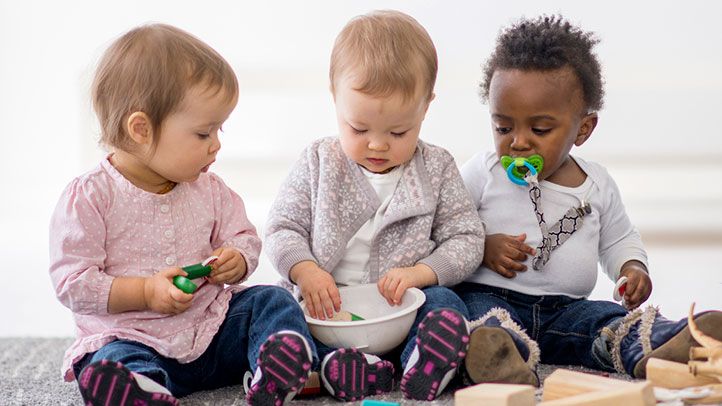Developing Cultural Competence in Education
As technology continues to advance and connect the world at an ever-increasing pace, it’s becoming more and more important for educators to develop cultural competence in order to effectively teach and reach students from diverse backgrounds. In today’s classroom, teachers are faced with the challenge of catering to students who come from a wide range of cultural, linguistic, and socio-economic backgrounds. By developing cultural competence, educators can create a more inclusive and supportive learning environment for all students.
Understanding Cultural Competence
Cultural competence in education refers to the ability of educators to effectively teach students from different cultural backgrounds. It involves being aware of and sensitive to the cultural norms, values, beliefs, and practices of students, as well as being able to adapt teaching methods and curriculum to meet the needs of diverse learners.
Why Cultural Competence is Important
Developing cultural competence is crucial for educators because it can lead to improved academic performance, higher levels of student engagement, and increased social and emotional well-being for students from diverse backgrounds. When students see themselves reflected in the curriculum and feel that their culture is respected and valued, they are more likely to feel connected to their school and be motivated to learn.
How to Develop Cultural Competence
There are several strategies that educators can use to develop cultural competence in their practice:
1. Self-Reflection and Awareness
One of the first steps in developing cultural competence is to reflect on your own cultural background, biases, and assumptions. It’s important to be aware of your own cultural identity and how it may impact your interactions with students from different backgrounds.
2. Learn About Different Cultures
Take the time to learn about the cultures and backgrounds of your students. This can involve reading books, watching films, or attending cultural events that expose you to different perspectives and experiences.
3. Build Relationships with Students and Families
Developing strong relationships with students and their families is key to creating a supportive and inclusive learning environment. Take the time to get to know your students on a personal level and show an interest in their cultural backgrounds and experiences.
4. Adapt Teaching Strategies
Adapt your teaching strategies and curriculum to meet the needs of diverse learners. This may involve incorporating diverse perspectives into your lessons, using culturally relevant materials, or providing language support for students who are English language learners.
Benefits of Cultural Competence in Education
There are numerous benefits to developing cultural competence in education, including:
Improved academic performance for all students
Increased student engagement and motivation
Enhanced social and emotional well-being for students from diverse backgrounds
Creation of a more inclusive and supportive learning environment
Conclusion
Developing cultural competence in education is essential for educators who want to create a more inclusive and supportive learning environment for all students. By being aware of and sensitive to the cultural backgrounds of students, adapting teaching methods and curriculum to meet the needs of diverse learners, and building strong relationships with students and their families, educators can help to create a more equitable and effective educational experience for all.


